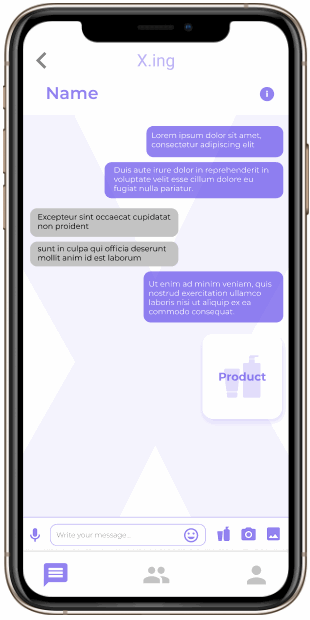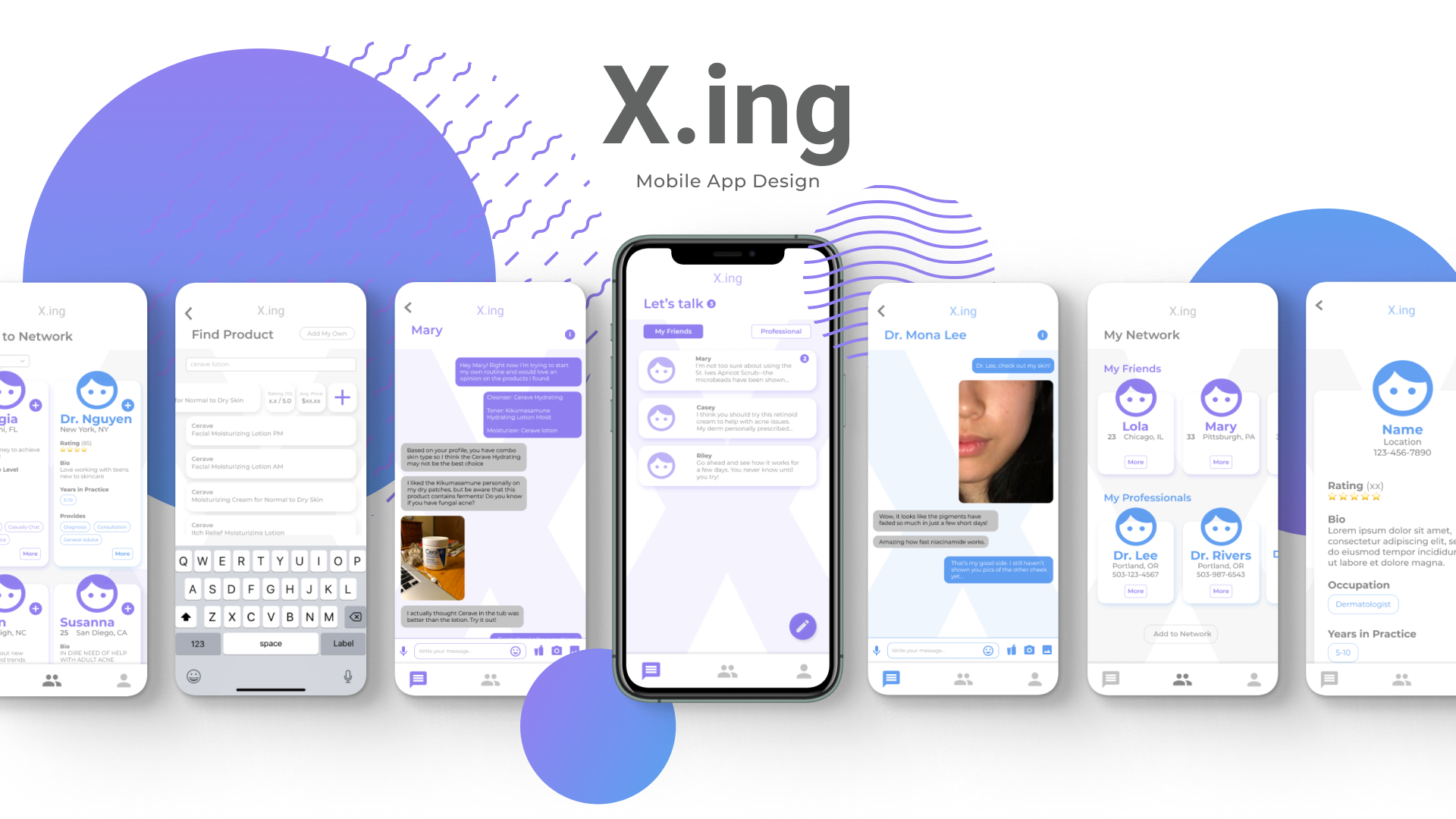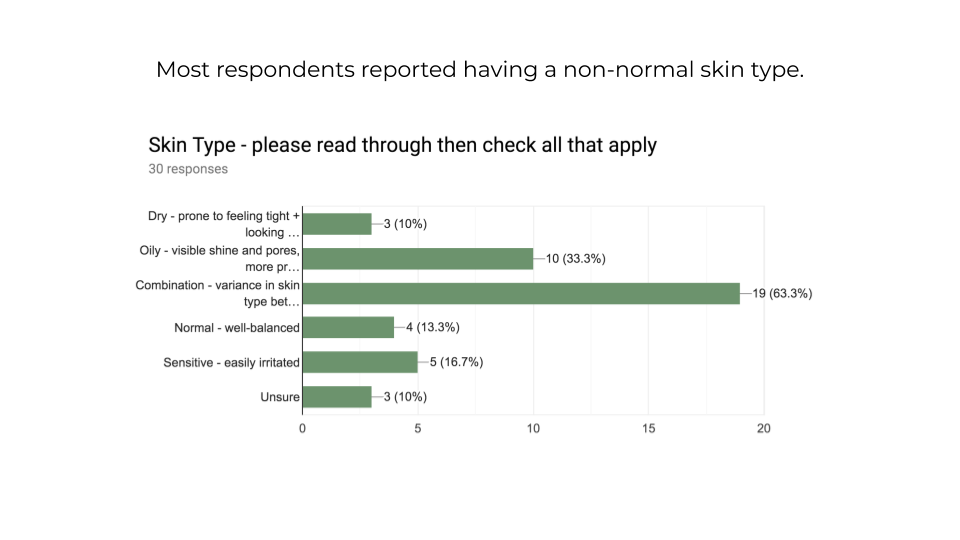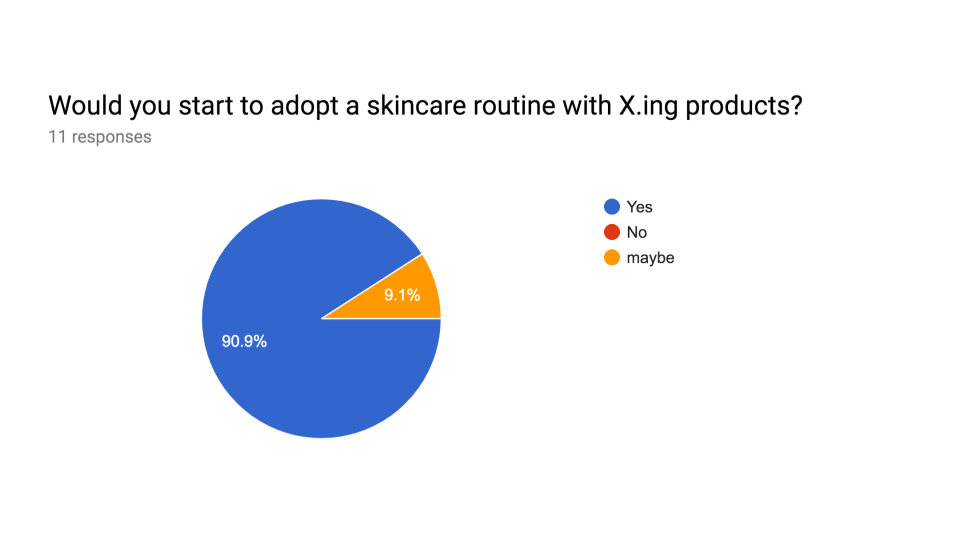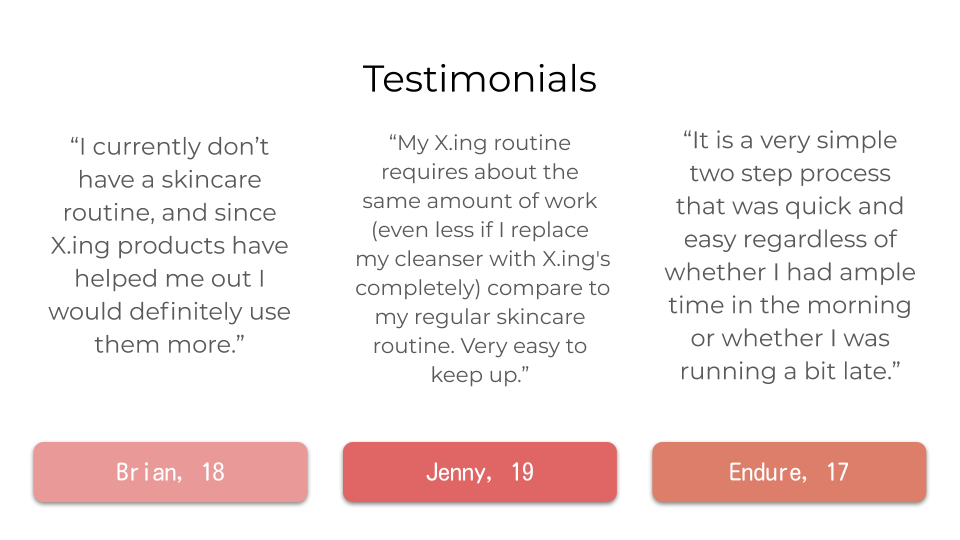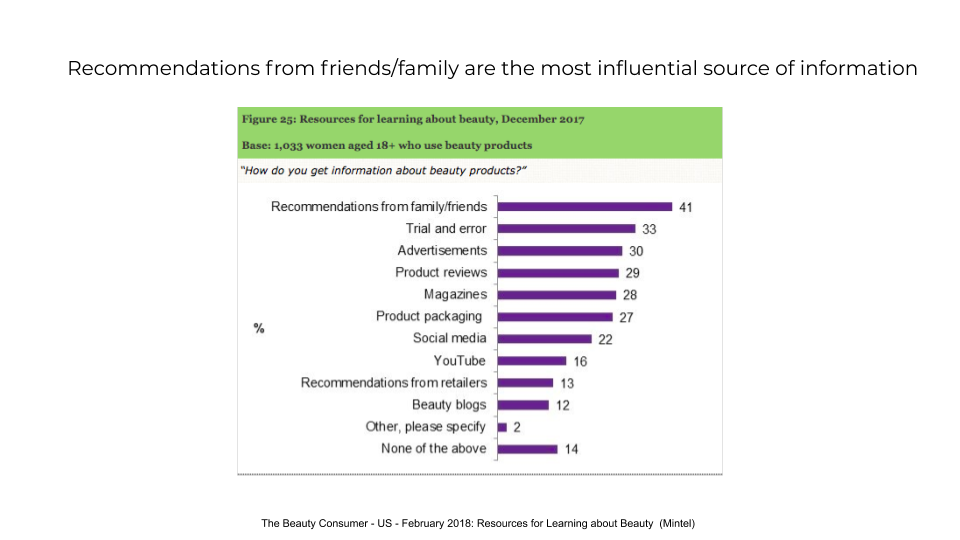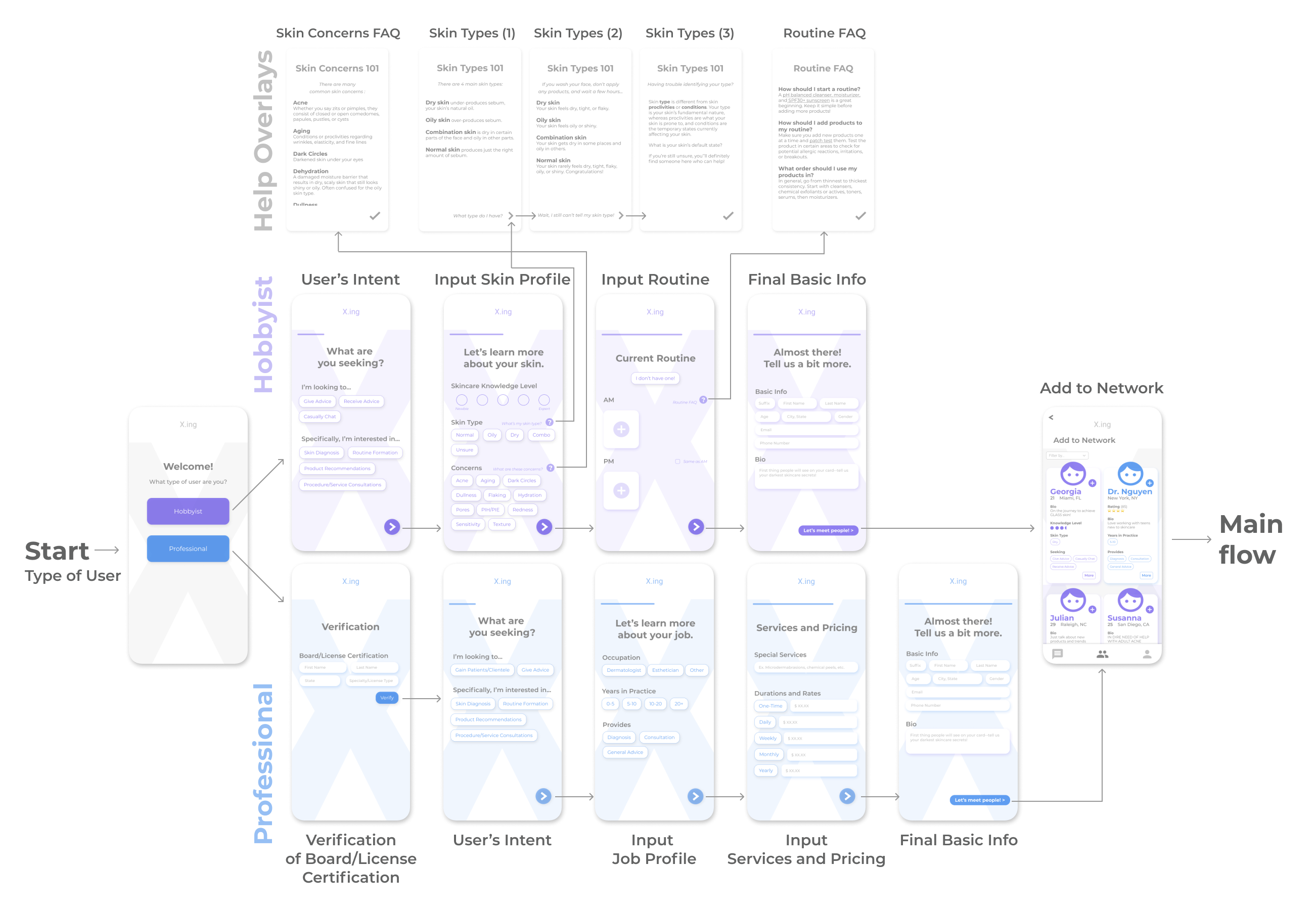Decision 1
A mobile app platform
Since users expressed a desire for simplicity in regards to learning about skincare,
a mobile app was chosen for its ease of direct messaging users and sending images.
Providing images of your own skin or products is a specific and significant supplement beyond
pure description to diagnosing and treating skin issues. A mobile app platform makes this experience
easier than a website.


Decision 2
One-on-one messaging as the main form of communication
Users can toggle between friends and skincare professionals to message.
Because users expressed interested in forming connections with other people interested in skincare,
one-on-one messaging is the main method of communication in order to encourage more personal relationships
between users–this is the main reason why a forum or public question submission feature is not included.
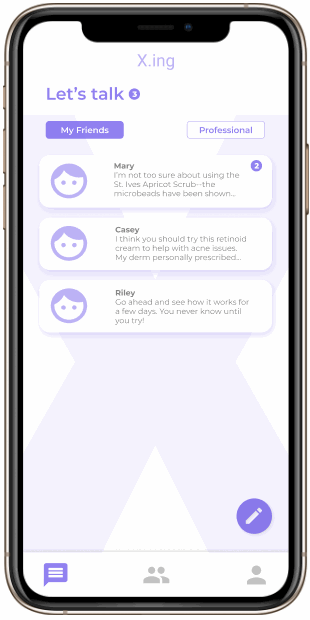
Decision 3
Build a skincare network with users who will give you what you seek
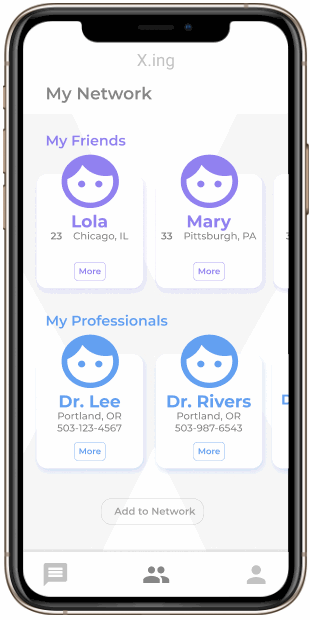
When finding users, you automatically are shown people who will give you what you seek, whether it be advice or someone to advise.
The option to filter by age, location, skin type, or knowledge level is available, as these are important factors to treating different skin conditions at certain ages or in certain climates. This is particularly helpful to users who have concerns that are based on these factors.
Decision 4
A profile that contains key information about your skin and routine
Your profile will contain the key information for others to learn about your skin and assist you.
Users from the survey and beta testing were key to deciding what information to include.
They expressed particular interest in having a biography to showcase their personality and pique the interest of other users.
Having the user’s skincare knowledge level also gives others an extra parameter in determining how much to trust the user’s opinion.
The other key feature here is having succinct FAQs and introductory guides to skin type,
skin concerns, and routine formulation available as cards that overlay the screen.
It creates a better learning experience, especially targeting beginner skincare users.

Decision 5
A user-generated product library and sending product cards in messages

Inspired by the MyFitnessPal user-generated food library, X.ing implements a user-generated skincare product library
instead. This allows for easy adding of your own products and the ability to discover new products with real feedback.
One common complaint from users in the survey and beta testing was the hassle of looking up ingredients and organizing
the product's information. The user-generated product library reduces this trouble.
Another key chat feature is the ability to send product cards from your routine or the product library in direct messages. This eliminates the extra time and effort spent in looking up products online, allowing users to easily view product information without leaving the platform.
